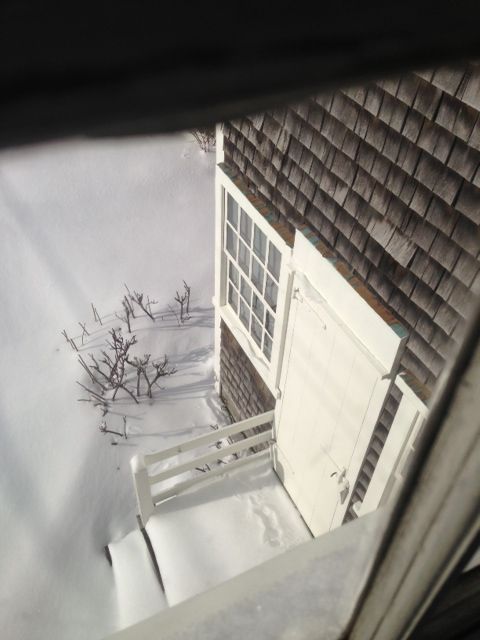Maria Mitchell In Her Own Words
June 21, 1883. I set out on the Mary Power on June 18 th for Boston, got to N.Y. at 11a.m. and went on board the boat at once. I disliked my stateroom and decided to go by land as it stormed. I left N. Y. at 10:30 and worried half-sleeping through a hot night. I reached Kendall’s just as they were at breakfast. How glad I was to find them all well, and the same at the Dame’s and the Barney’s the next day.
Today I have been at the Bond’s to look at chronometers want one at $200 which has been tested and is only about 6 years old. Its rate is remarkably steady even when at sea. Also, I bo’t a mantle, a head dress and a fancy pink shawl . . .
As I have noted before, though born on an island, Maria did get seasick on occasion. I too – even though I have travelled between Hyannis or Woods Hole and Nantucket since I was 1 ½ years old – get sick as well in rough seas. Thus, I am not surprised she changed her mind. The rough seas added to her distaste for the stateroom that she would stare at for a day or so seasick. Why not go by land?! Upon reaching Boston, she arrived at the Kendall household – the home of her sister Phebe and her husband Joshua. The Dames and Barneys were family as well. Her oldest sister, Sally, had married Matthew Barney. With Sally now long deceased, this reference to the Barneys may be Maria’s nephew William Mitchell Barney, Sally’s son. And the Dames refers to Maria’s youngest sister, Kate, and her family who lived in Lynn, MA.
A trip to Boston was to see family but also to make purchases in a place that was slightly more familiar. A place where she knew the telescope and chronometer makers and had a relationship with them. A chronometer was a clock that could be taken to sea and not be affected by the roll of the ship – thus she notes how “remarkably steady” it is. Something that would be quite important for a chronometer.
JNLF
Recent Posts




